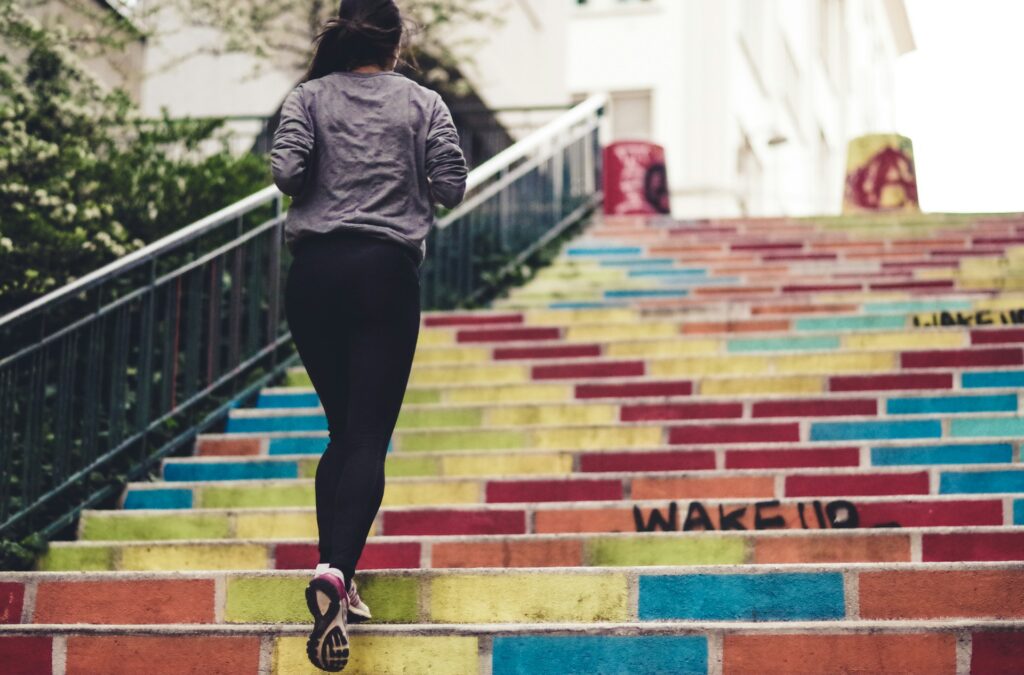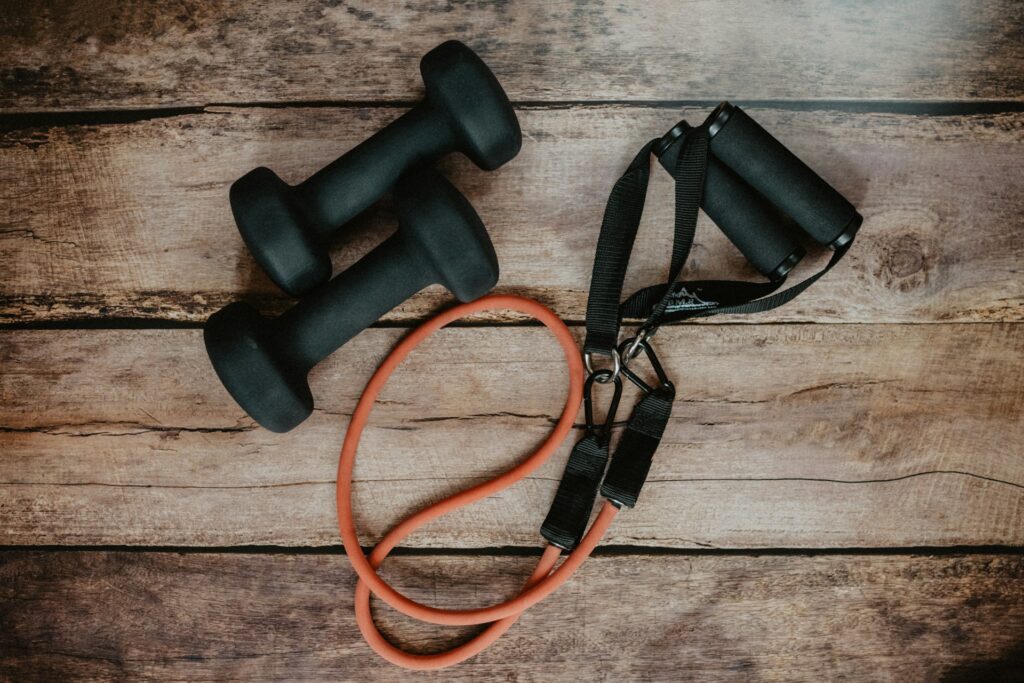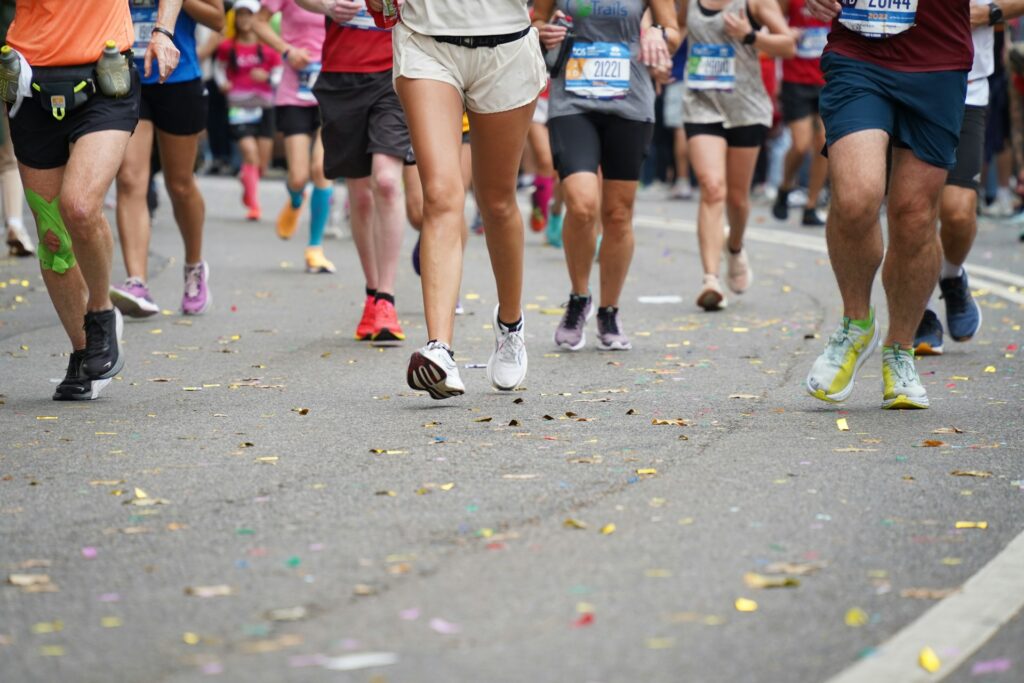
Body + Mind is reader-supported. We may earn an affiliate commission when you buy through some of the links on our site.
Marathon runners spend months training to be as fast as possible for their long-distance run. However, every runner knows the importance of exercise in preparation. Warm-up stretches are crucial to loosen your body, while calf workouts strengthen your legs for a more powerful push-off with each step. Here’s everything you should know about exercising your calves before race day, plus a few movements you can incorporate into your practice.
Calf workouts benefit marathoners by improving their agility and performance, allowing runners to more easily beat their records for time and distance.
Street running, in particular, adds pressure to your legs and feet. Building stronger calf muscles allows your legs to absorb the impact better and decrease your chances of injury.
Nearly 50% of runners get hurt annually with runner’s knee, stress fractures and iliotibial band friction syndrome in the hips. Likewise, 25% of all running injuries occur in the calf area and Achilles tendon.
Marathon runners undergo rigorous training to get in shape for their race — a combination of strength training and aerobics to ready their bodies and prevent bodily harm. It is especially necessary for them to work out their legs, as street running puts a lot of pressure on their feet, calves and knees. Here are eight calf workouts for marathoners to incorporate into practice.
For this exercise, stand on one leg and lift the heel of your other foot off the ground. Hold it for a few seconds and rest, repeating the move with the opposite leg. Some people prefer to hold weights while they do this calf workout, which helps them build stability and balance as runners.

Stairs sprints are an excellent cardio and strengthening workout for your calves. In fact, one study shows it can prevent cardiovascular disease and aid obesity. You have options for this exercise — sprint up and down stairs on your toes, walk up or run. Some people also do lunges or squat jumps. Just be careful not to trip and hurt yourself.
It is crucial to loosen up your muscles and widen your range of motion as you train for a marathon — calf raises help you achieve this by targeting the entire calf muscle. Use the balls of your feet to hang off the edge of a stair, then raise your heel and lower your feet slowly again. Like single-leg calf raises, you can use dumbbells for extra weight.
You can walk on your tippy toes anytime, anywhere, to ready your calves for a marathon. This straightforward exercise is great for short distances, gradually increasing how far you go. Right away, you’ll notice a nice stretch in your feet and the back of your calves.
The lunge is the world’s greatest stretch and among the most powerful calf workouts. Stand up straight and work your way into a lunge position with one leg behind you and your back upright. Lean into your knee until you feel a stretch in your calf. This exercise can soothe an Achilles tendon, too.
Who knew a grade school exercise like jumping rope could be the ultimate calf workout? Concentrate on making softer landings rather than a power jump — this will help prevent injuring foot ligaments. Modifying the jump rope exercise allows you to speed up your pace gradually. It also is an excellent aerobic workout.

A resistance band is your best friend when doing calf workouts. You can place the band around your feet, stretching your calf while standing on a flat surface — this will also help you build balance. Purchase a resistance band set for different strength levels and ensure it’s made from soft, elastic latex for extra comfort.
Isolate the soleus muscle in your calf with a seated calf raise. Start by sitting in a chair with your feet on a step or platform. Simply lift your heels and keep them in the air for a few seconds, lowering them slowly. To make your workout more challenging, add weights.
Whether you’re running a marathon to win or just want to cross the finish line, you can do a few things to maximize your calf workouts effectively.
Most importantly, be consistent. Muscular calves are a crucial component of a fast run, so you should train them more often to build resilience.

Accidents and injuries happen when you’re a marathoner. What’s most important is you address your pain immediately so you can hit the ground running again. Care for calf injuries in the following ways:
Always listen to your body while training for a marathon. Note how intense your runs are and where bodily aches occur. If injuries happen often or you feel pain in the same spot, make an appointment with a specialist.
Running a marathon without adequate stretching and calf exercises risks serious injury, which can upend your dream of completing the race. The best way to prepare your body for long-distance running is to loosen and strengthen your leg muscles to their maximum range of motion. Take care of your body before, during and after runs to achieve your running goals safely.
Your email address will only be used to send you our newsletter, and at any time you may unsubscribe. For more information, see our Privacy Policy.